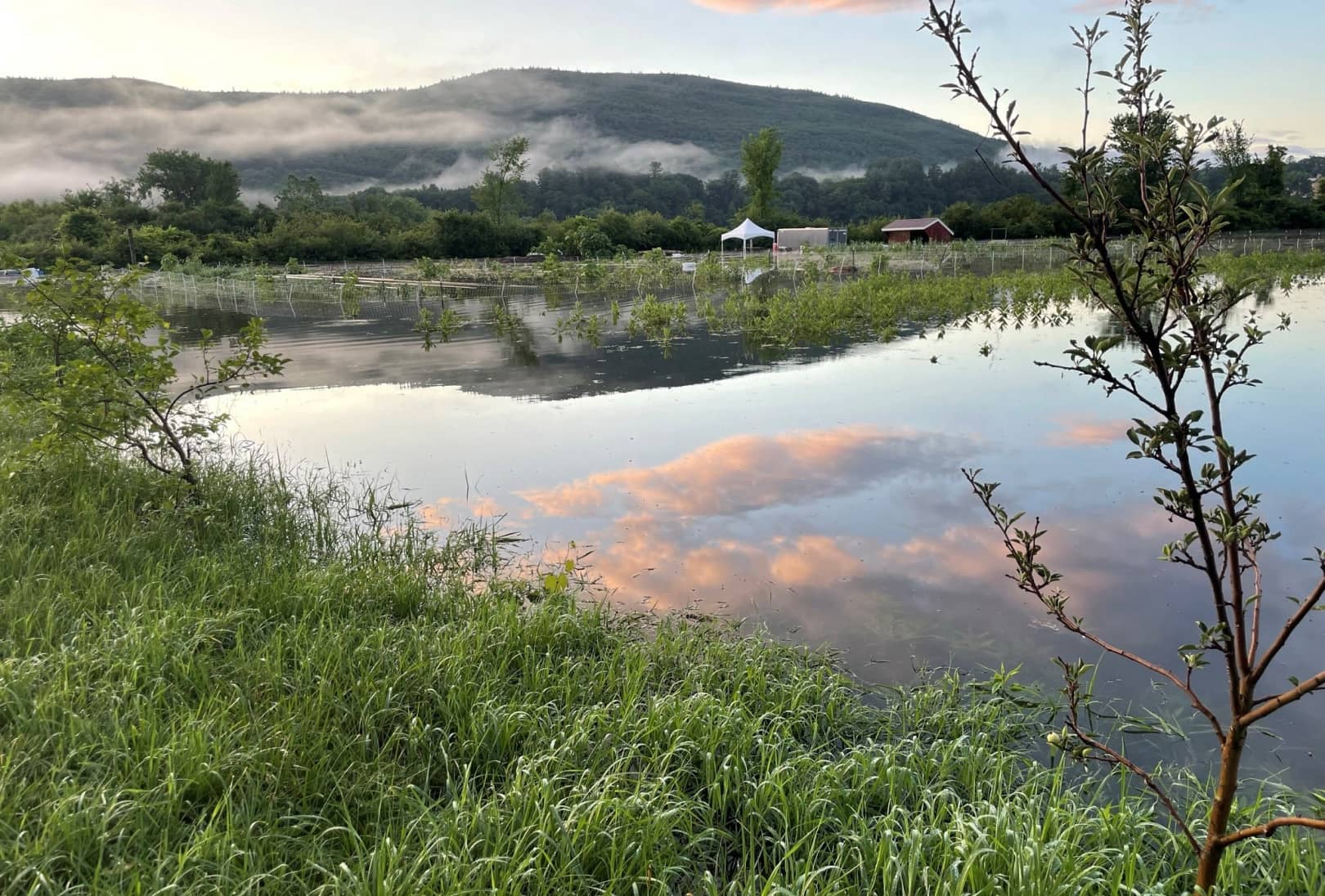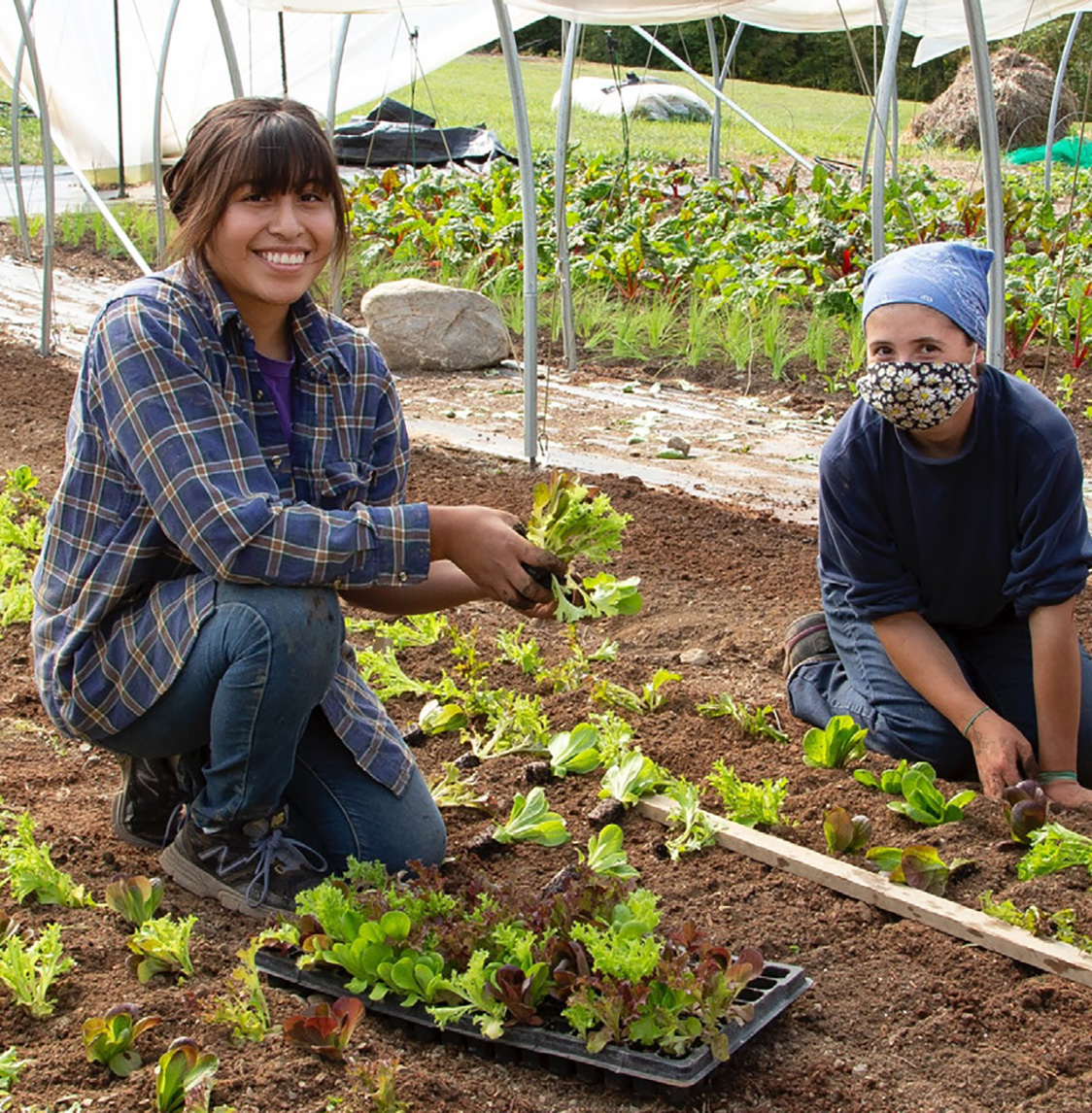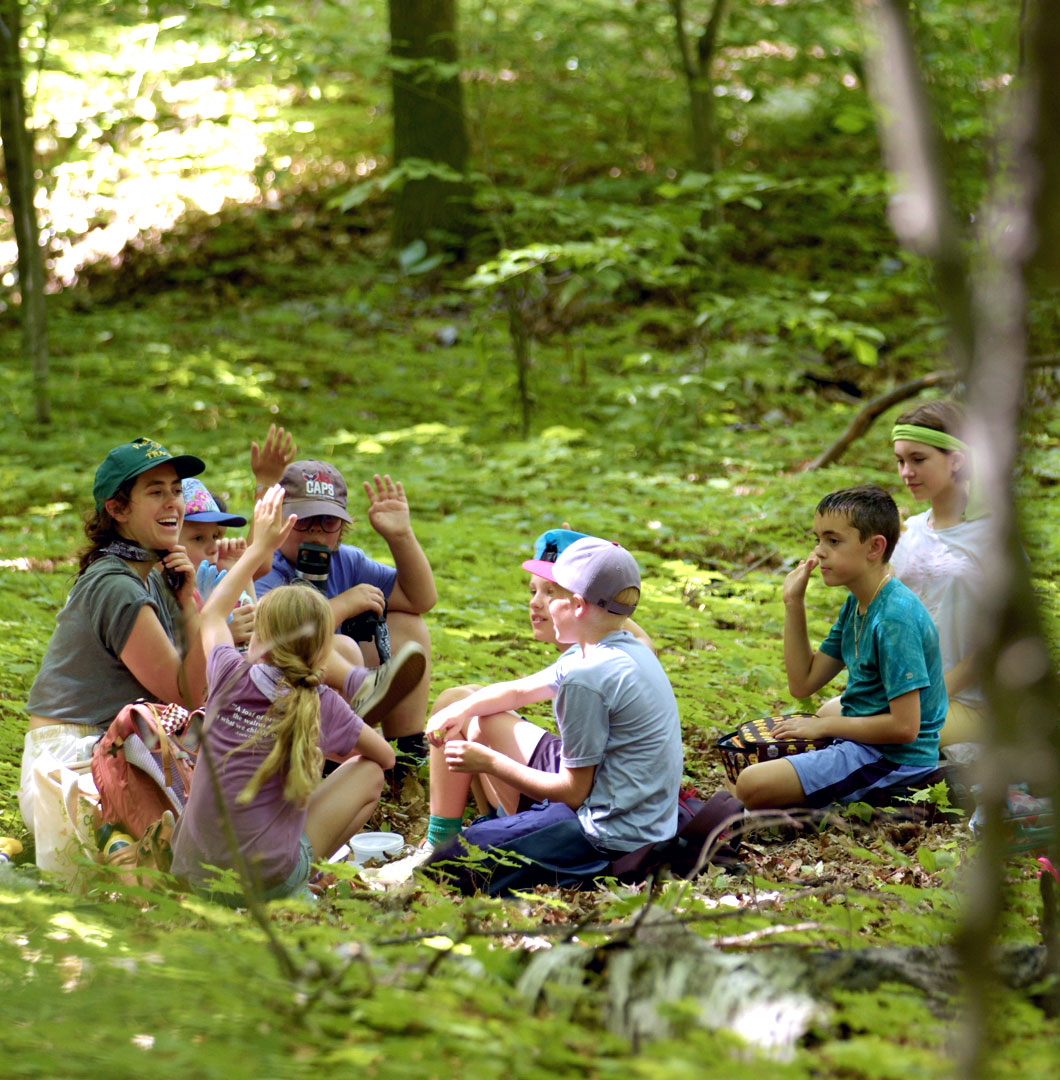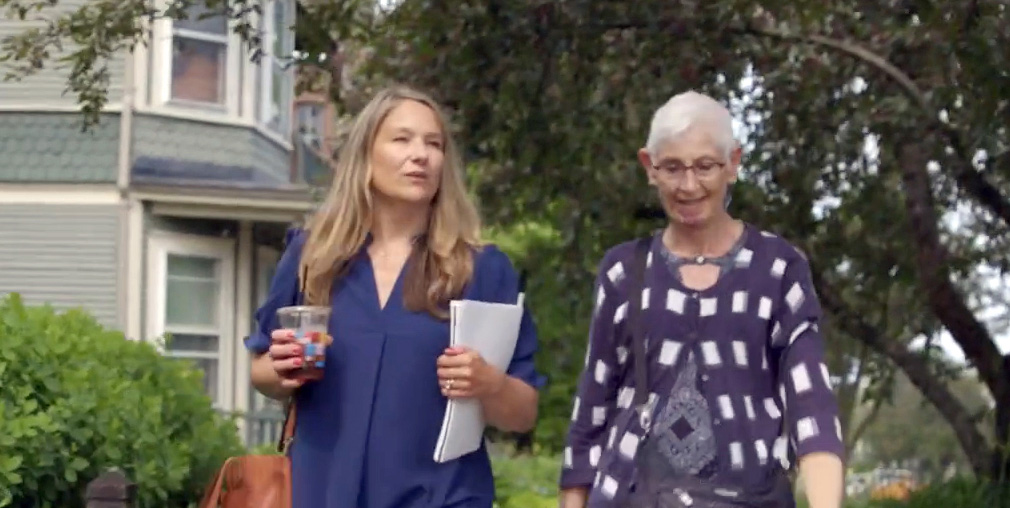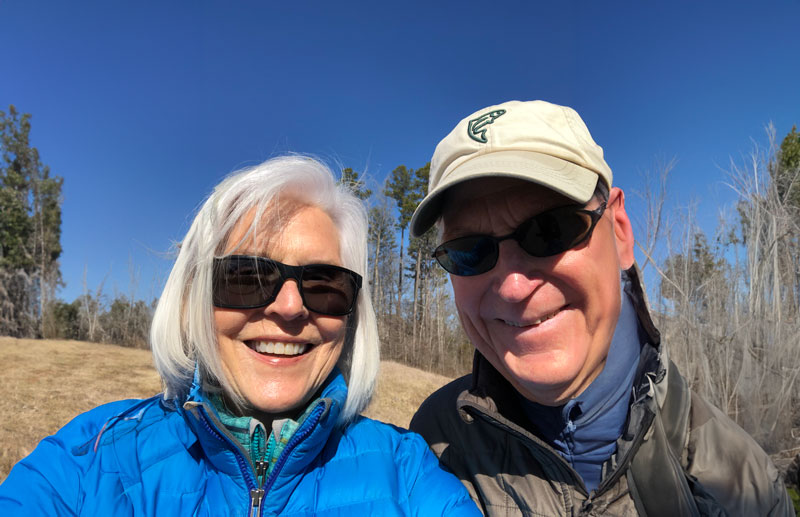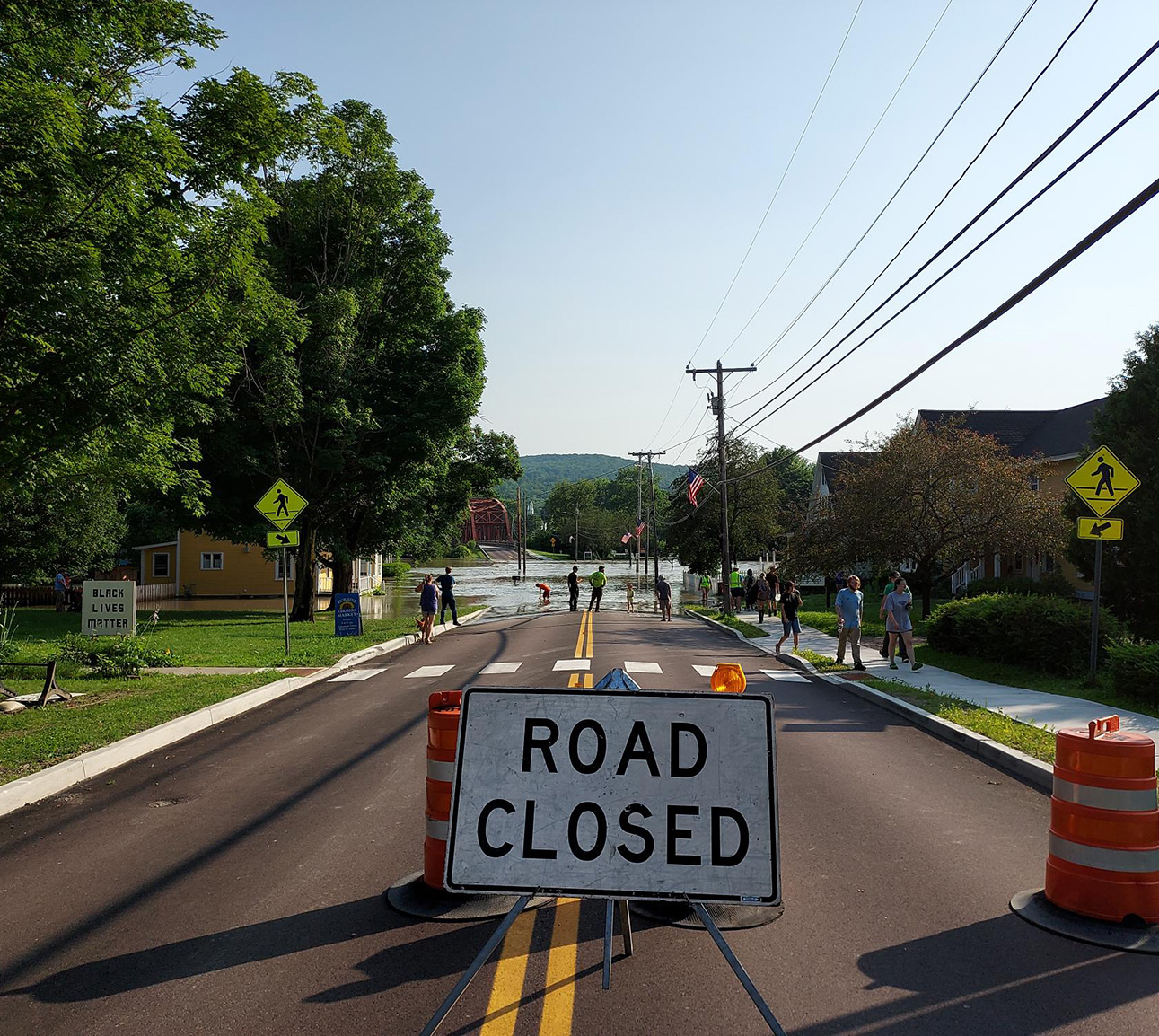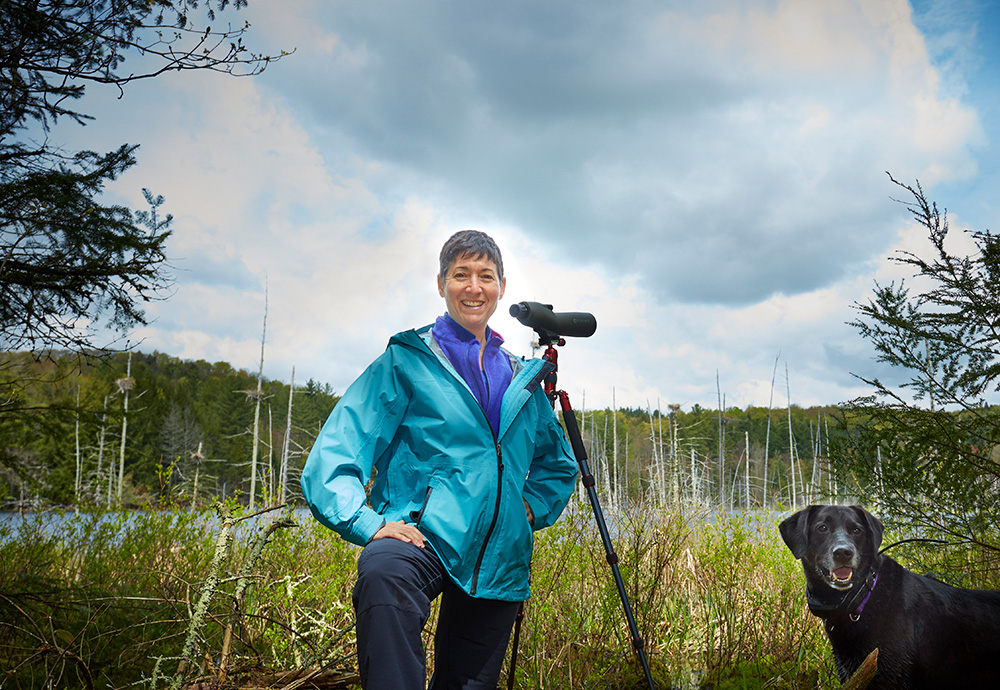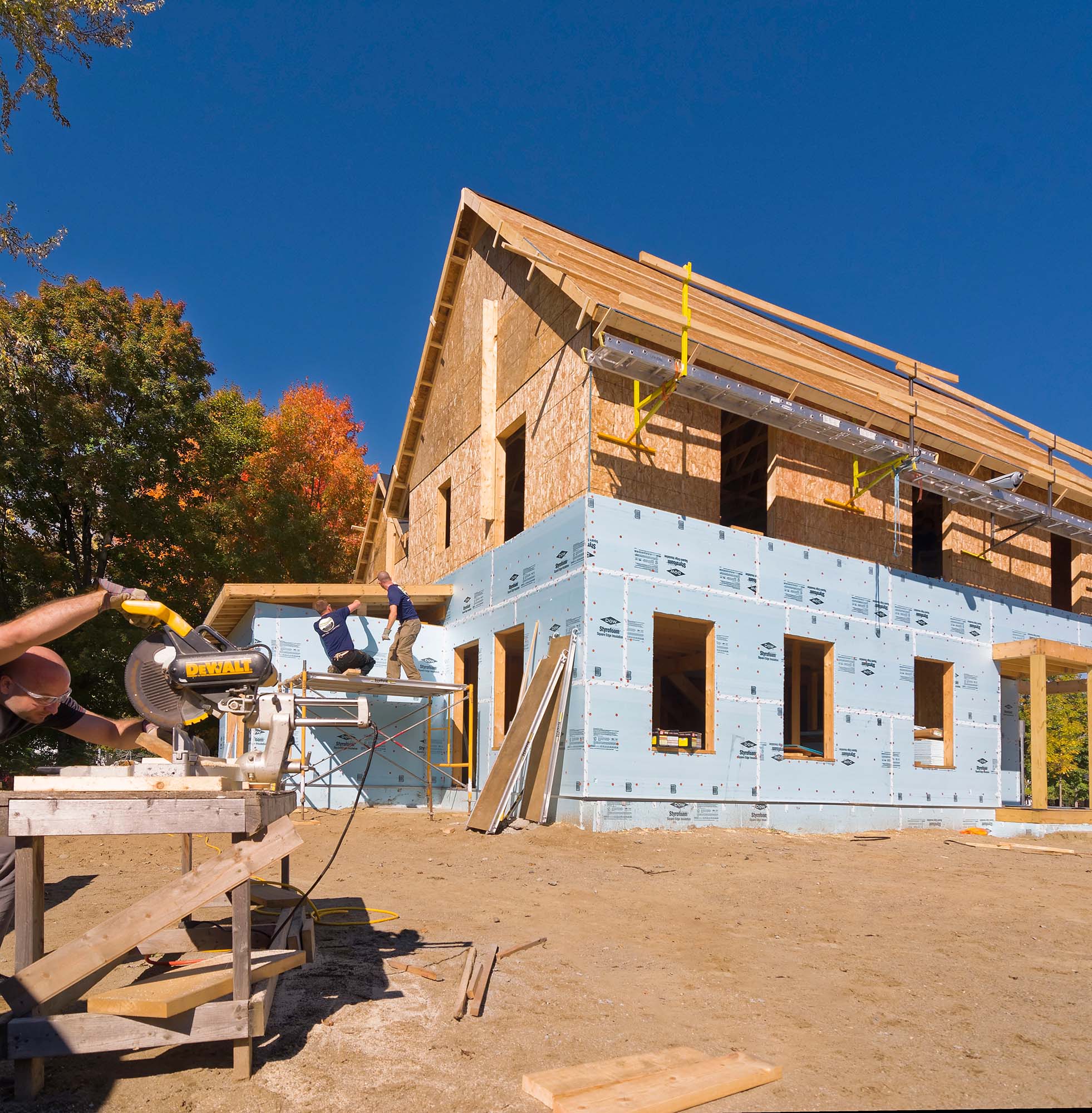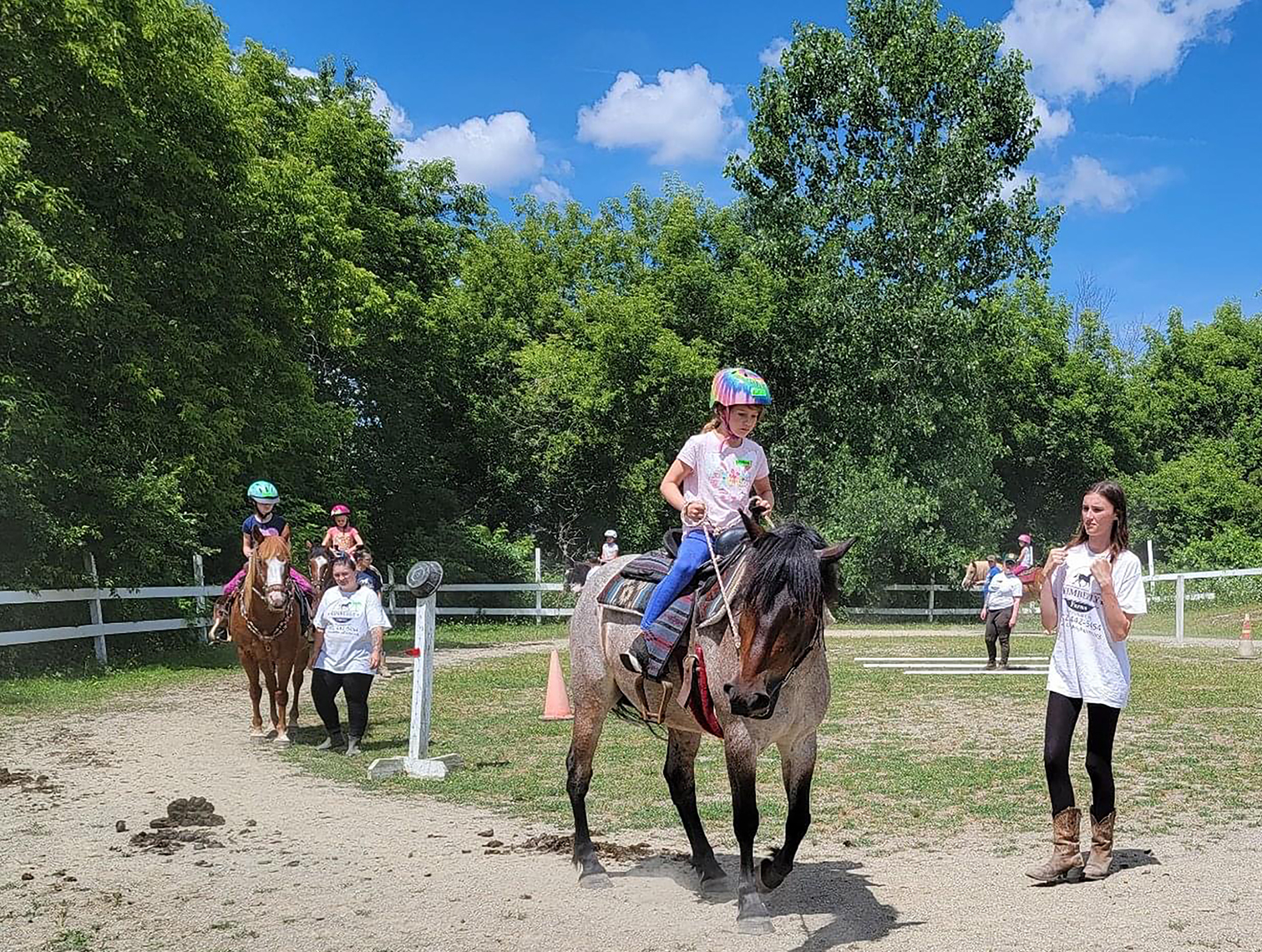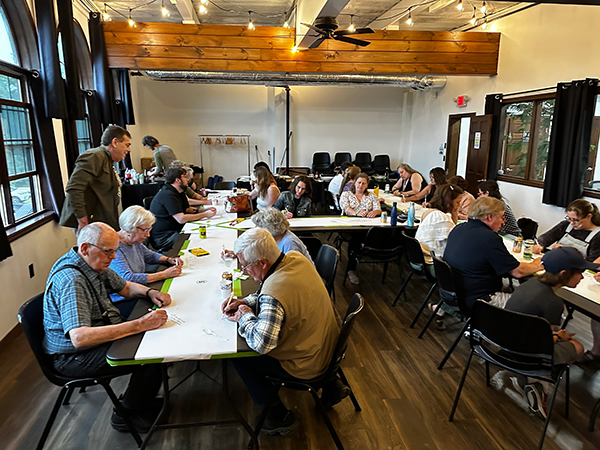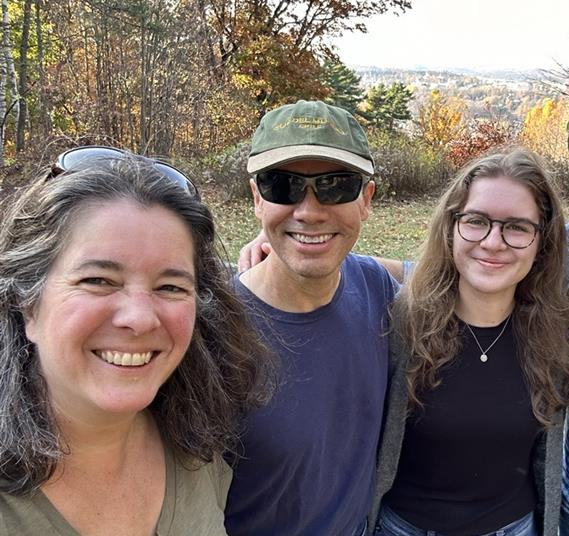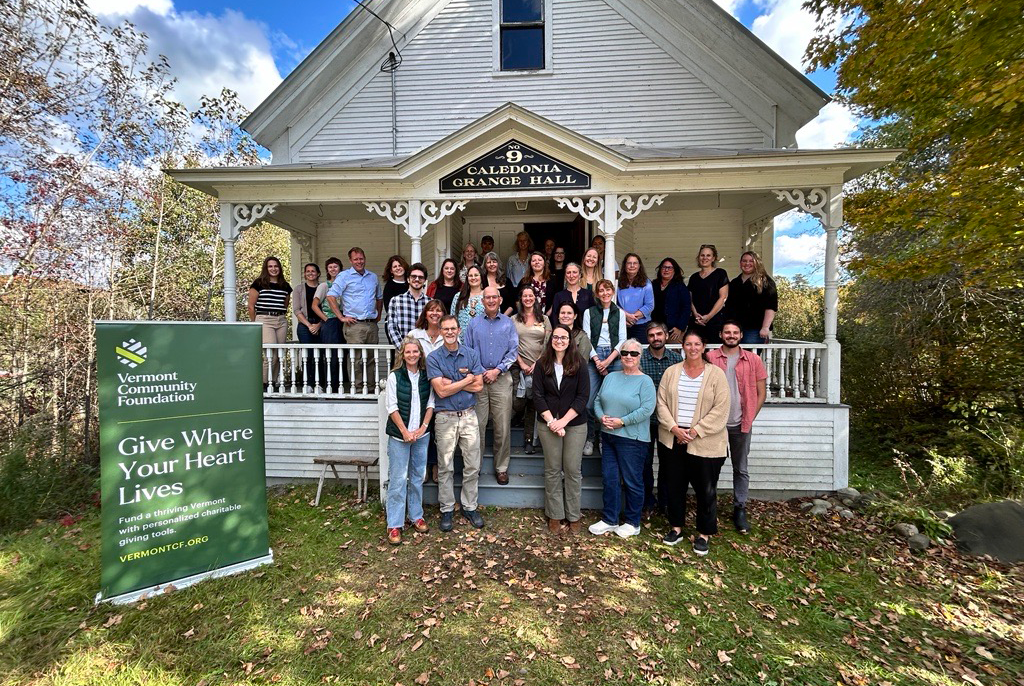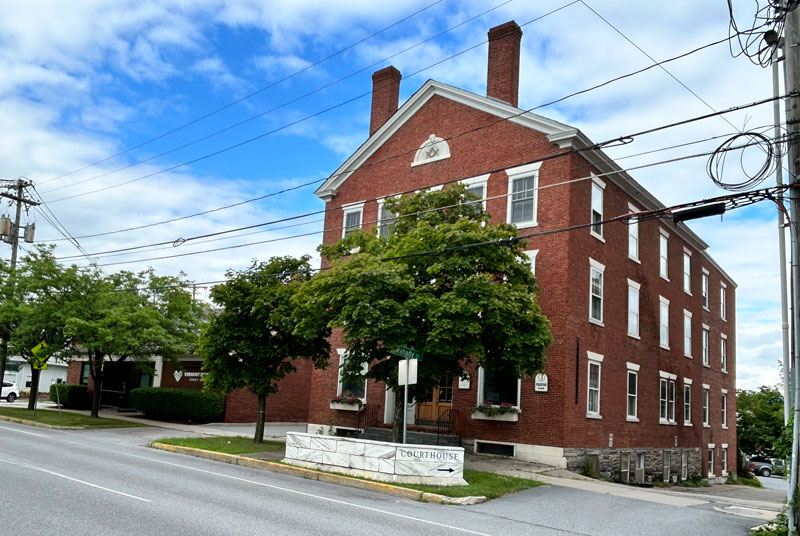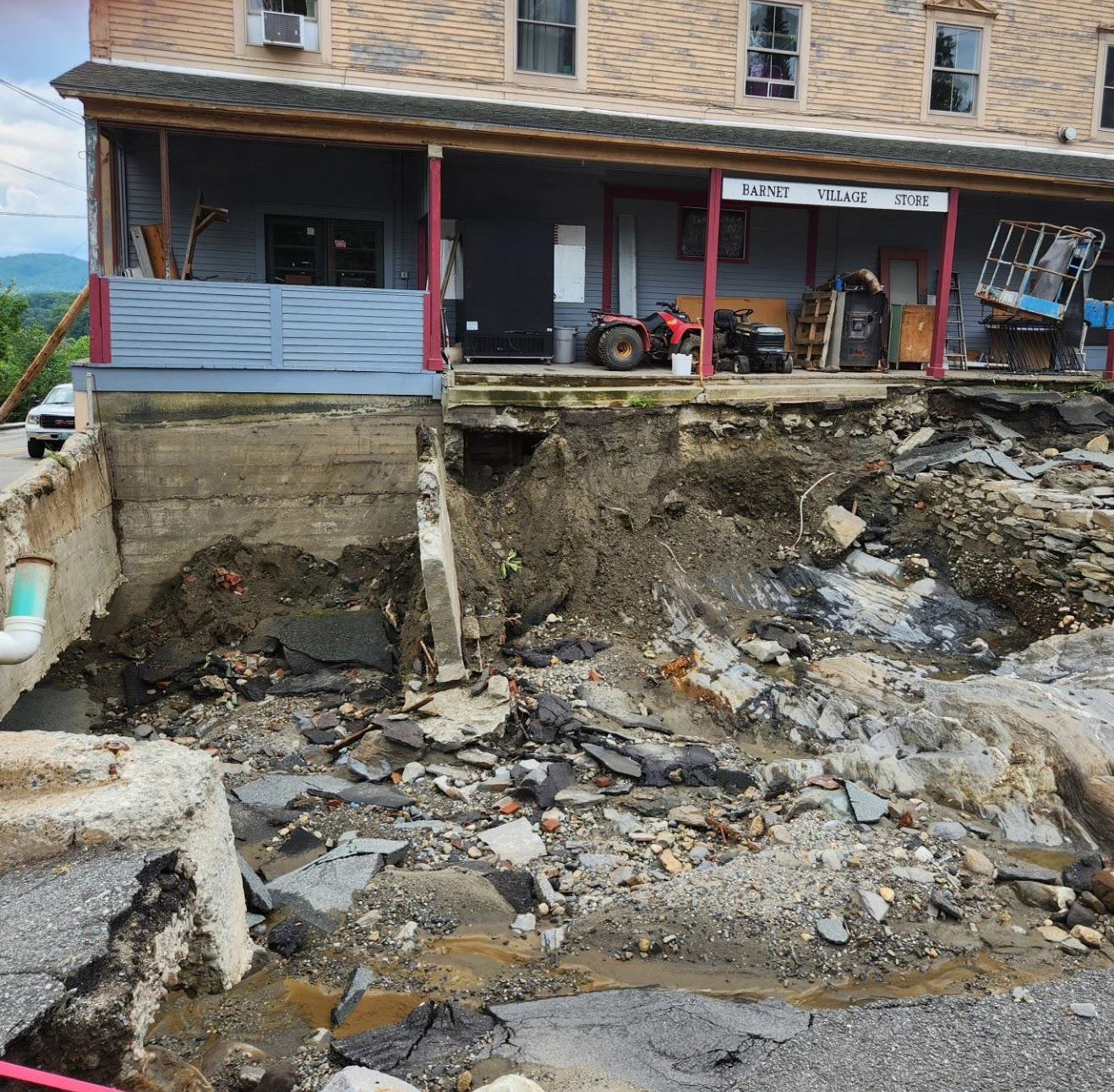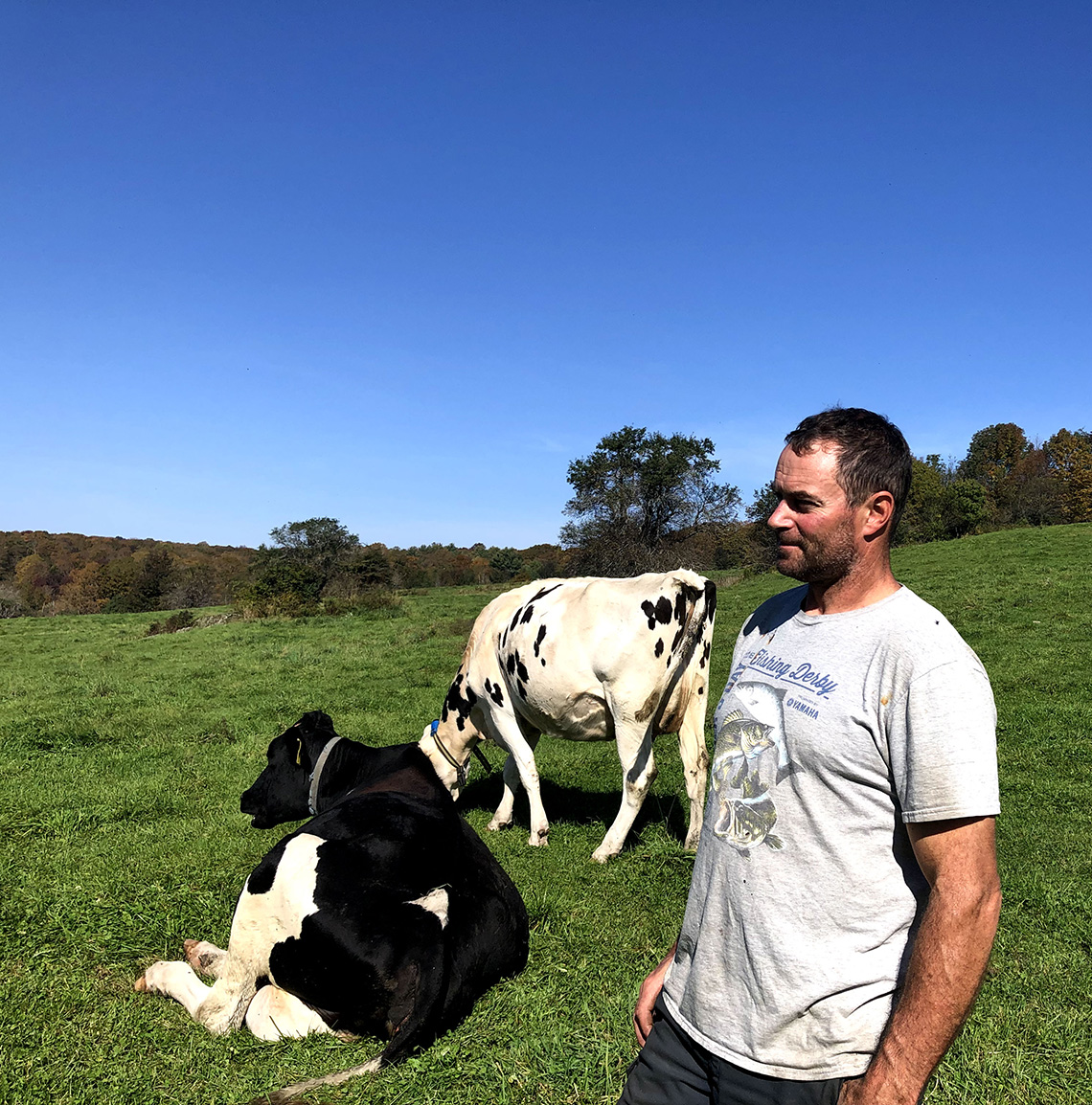For over a decade Vermonters have been working together to be better prepared for more frequent and intense storms and yet, there is still work to do. The July 2023 and July 2024 storms refocused attention on the very real threats that the changing climate poses to Vermont’s communities and economy. This is an important moment in time to foster more investment in our collective capacity to proactively prepare for the impacts of climate chang... e, to reimagine community development patterns, and to make Vermont towns and villages safer before the next event.
A warm autumn sun washed over the pastures on a recent morning at Silloway Farms. The cows grazed placidly in the fine weather and occasionally looked up as if to admire the fall colors emerging on the hillsides of the 610-acre farm.
The idyllic scene was a stark contrast to mid-July. That’s when torrential rains created some of the worst flooding in Vermont’s history and turned hayfields at the organic dairy in Randolph Center into a mud bath. The conditions made it nearly impossible to harvest the crop that the family-owned farm sells and uses as winter feed for its own herd.
Now, thanks to a $10,000 grant from the Farm Disaster Relief Grant Program at the Vermont Community Foundation, the lost hay revenue won’t be quite as much of a budget-buster at Silloway Farms. It’s one of 43 farms that has received grants so far, with a total of $418,500 awarded and more rounds to come later this fall.
“The grant will help us to replace the lost income that we experienced due to the flood,” said John Silloway, who runs the farm with his father. “It’s amazing. Every little bit helps.”
An estimated 27,000 acres of farmland were affected in the catastrophic flooding that hit Vermont on July 9 and 10. While the disaster also caused tens of millions in damage to homes and many other types of businesses, the losses at farms were hard felt.
Food and farm systems generate approximately $11.3 billion annually in economic output for Vermont and play a critical role in anchoring the state’s rural economy. Supporting Vermont’s agricultural sector and equalizing economic opportunity in rural towns where the job base is small are among the longtime goals of the Vermont Community Foundation.
The Farm Disaster Relief Program was created in August and grew out of the Vermont Community Foundation’s broader flood relief efforts through its VT Flood Response & Recovery Fund 2023. This fund, announced July 11, has raised more than $11.3 million thanks to the generosity of people all over the state and beyond. It has distributed more than $4.4 million at this point, including the direct-to-farmer grants that Silloway Farms and other agricultural operations are receiving.
One of the goals of the Farm Disaster Relief Grant Program is to help keep farms in business, recognizing that the state of agriculture in Vermont can be fragile. Grants so far have gone out to help farmers replace damaged equipment, make up for lost crop revenue, and keep up with their bills. The program has prioritized farms that are committed to staying in business.
“Vermont farmers are the backbone of rural communities and play a pivotal role in our economy, cultural heritage, and resident well-being,” said Kate Neubauer, program officer for community and environment at the Vermont Community Foundation. “These grants are addressing an unmet need and helping farms and farmers continue or return to production. As part of the Climate and Environment impact area, VCF will continue to support the future of Vermont’s agricultural economy through strategic grantmaking efforts.”
Silloway Farms has lasted through three generations of the family so far. John Silloway operates the farm with his father David Silloway, and it was his grandparents Paul and Louise Silloway who bought the farm in 1940. Their bright red International Harvester Farmall tractor from 1947 is still parked in the barn.
In many ways, the hill farm epitomizes the resilience and entrepreneurial ethic that characterizes farming in Vermont. In addition to milking 65 Holsteins and managing a total herd of 120 cows, Silloway Farms has diversified with various other sidelines over the years, including firewood, maple syrup, hay sales, and most recently, breeding miniature beef cattle.
When any one of the side revenue streams is impacted, such as the hay sales this year, it can impact the whole endeavor. “It’s very tricky to make a farm like this work, you really have to focus on diversified sources of income,” John Silloway said.
The grant helped not only with the bottom line but also provided encouragement to farmers during one of the most difficult summers, weather-wise, in a long time. The rainclouds that dumped precipitation on July 9 and 10 seemed to stay parked over Silloway Farms and its neighbors. The National Weather Service estimates that Central Vermont saw a record 20 inches of rain between June and the end of August.
“It just didn’t stop raining for weeks and weeks,” John Silloway recalled. “Everywhere the cows went they would punch through the turf and it would leave little swimming pools because there was nowhere for the water to go.”
Now things have finally dried out and the mud is gone, allowing the cows to lumber freely over the pastures.
On a recent morning when the skies were clear, Silloway had a long list of chores to do. “If the sun’s out, you gotta go fast and hard to get it done,” he said. “Because you never know when it’s going to rain next.”
